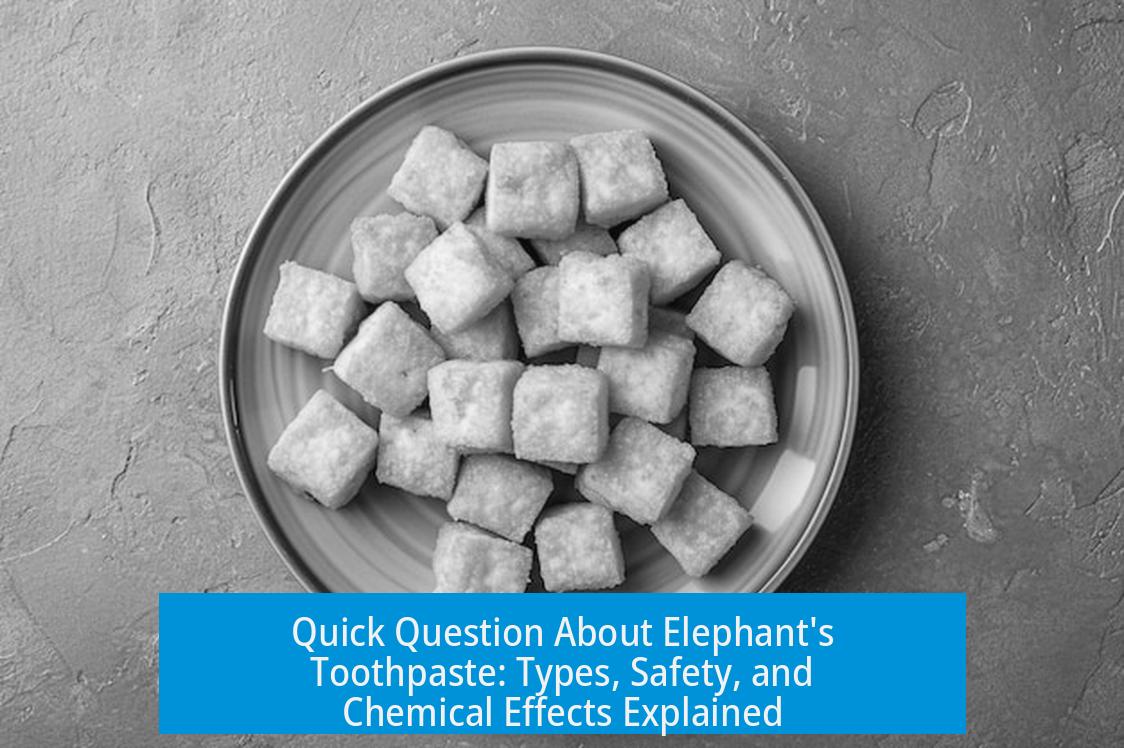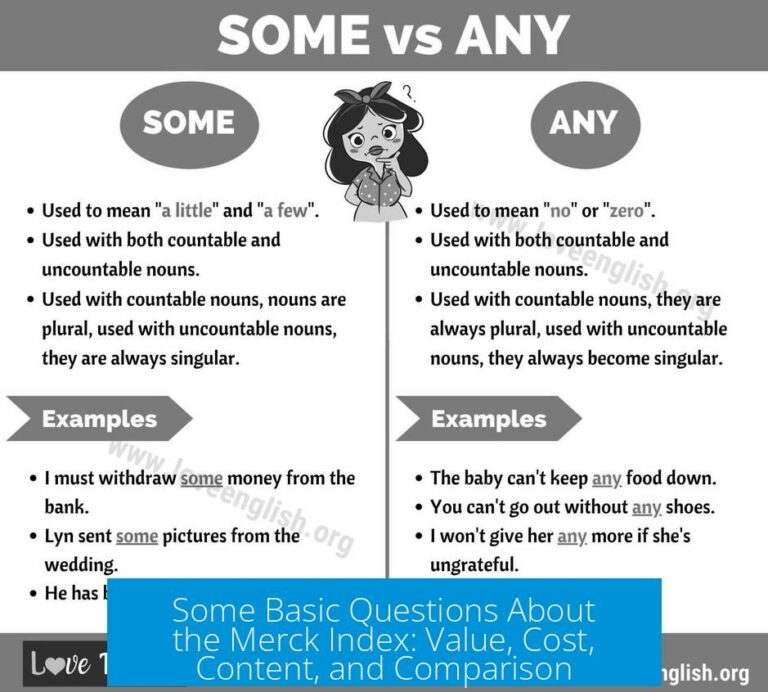Quick Question About Elephant’s Toothpaste
Elephant’s toothpaste is a rapid decomposition of hydrogen peroxide catalyzed by substances like potassium iodide, yeast, or other catalysts, producing oxygen-rich foam. The choice of peroxide concentration and catalyst determines safety and effects.
Types of Elephant’s Toothpaste and Safety
Two main peroxide concentrations are common:
- 30% hydrogen peroxide with catalysts (e.g., potassium iodide) reacts vigorously and can irritate skin. Wearing gloves is recommended as direct contact causes irritation or whitening of the skin surface.
- 3% hydrogen peroxide with yeast is milder and generally safe to touch. Yeast acts as a biological catalyst, breaking down peroxide more gently.
Potassium iodide (KI) is another popular catalyst. It accelerates decomposition but poses contact hazards as hydrogen peroxide is a strong oxidant. Skin contact requires immediate washing; inhalation of vapors may damage lungs and needs medical attention.
Chemical Effects and Demonstrations
The reaction rapidly releases oxygen gas (O2) that forms bubbles with soap, producing a voluminous foam resembling toothpaste for elephants. This foam bursts with oxygen trapped inside, making the display impressive.
One engaging demonstration is inserting a glowing splint into the foam, which bursts back into flame due to the high oxygen concentration, confirming oxygen release.
Contact with strong peroxide solutions can cause immediate superficial whitening of skin due to oxidation, followed by irritation that may last hours. This highlights the need for protective measures with higher concentrations.
Chemical Safety and Precautions
- Always consult a material safety datasheet (MSDS) for potassium iodide, hydrogen peroxide, and catalysts before handling.
- Use appropriate personal protective equipment such as gloves and safety goggles.
- Conduct experiments in well-ventilated areas to avoid inhaling harmful vapors.
- For unknown risk levels, controlled experimentation and guidance from safety resources are advised.
Key Takeaways
- 30% peroxide produces vigorous reactions; gloves recommended due to skin irritation risk.
- 3% peroxide with yeast is safer and touch-friendly.
- Potassium iodide speeds reaction but handling demands caution.
- Foam forms from oxygen bubbles created by peroxide breakdown.
- Always verify chemical safety using MSDS and protect yourself accordingly.
What are the safety differences between using 30% and 3% hydrogen peroxide in elephant’s toothpaste?
30% hydrogen peroxide is stronger and can irritate skin, so wearing gloves is recommended. The 3% concentration with yeast is much safer and can be touched without much risk.
Can potassium iodide be used as a catalyst instead of yeast?
Yes, potassium iodide can replace yeast as a catalyst. However, it is more hazardous because hydrogen peroxide and potassium iodide are irritants and oxidants, requiring caution.
Why is the foam produced in elephant’s toothpaste experiments?
The foam consists of oxygen gas released during the reaction. Soap traps these oxygen bubbles, creating the foam you see in the experiment.
Is it safe to touch the elephant’s toothpaste foam?
If using 3% peroxide with yeast, the foam is generally safe to touch. For higher concentrations or potassium iodide catalysts, it’s best to avoid skin contact and wash hands if exposed.
What should I do if I accidentally touch hydrogen peroxide?
Rinse the affected area immediately with plenty of water. Mild irritation may occur, but if more serious symptoms develop, seek medical help.
How can I check the safety of chemicals used in elephant’s toothpaste?
Look up the material safety datasheet (MSDS) online for each chemical. MSDS provides detailed safety and handling information for substances like potassium iodide.





Leave a Comment